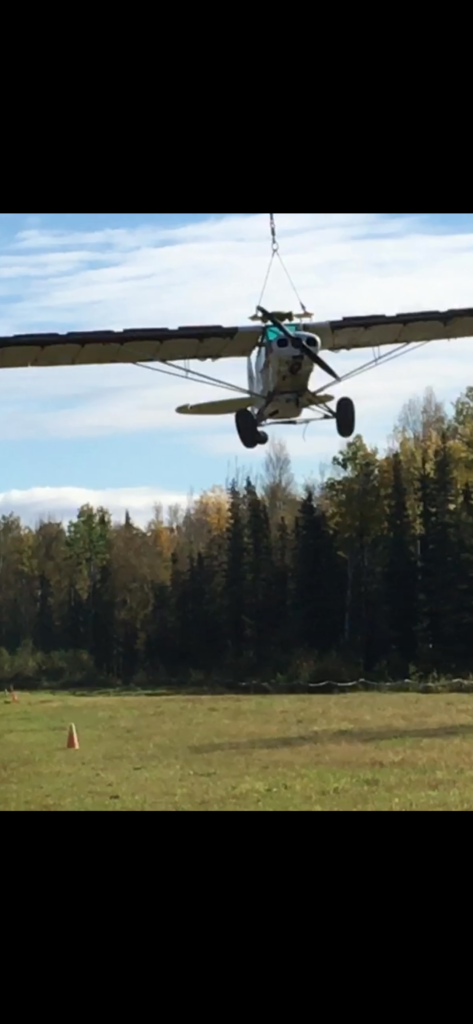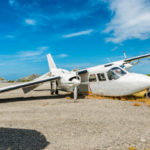Adventure and Catastrophe
By Bernie Willis
Many of us are about to start flying a whole lot more than we did this past winter. Those upgrades are finished and the days are long and the temperature is quite nice. If your lake is still frozen or not you’re about ready to head out for adventure. Are you set to go?
Great adventure and horrible catastrophe are almost twins. But in this world of electronic marvels we can avoid the catastrophes and keep the adventures going if we pay close attention to the details. Here are some mis-steps that I hope you can benefit from.
Back in 1969 I got my first ELT. It was activated taxiing over a break in the pavement at the Williams Lake BC airport. I was spending the night at a friend of the local “Air Radio operator.” He got a call about midnight wondering if his guest, me could have one of those new fangled gadgets in his Cessna 170. Indications were that an airplane had crashed on the field about the time I arrived. I wasn’t made aware of the problem until morning. I checked my ELT and sure enough it was transmitting.
Lesson – Make sure your system works but not when you don’t need it. Think battery life.
One Fall evening my son was due back in the valley at a private airport after a long flight from Cold Bay. I was sure he had left a message confirming his arrival. But during the night Search and Rescue called checking on him because his ELT was transmitting. Anxiety and anxiousness were finally put back to sleep when it was determined that rain had penetrated the remote switch and activated the ELT.
Then there was the time one of our airplanes was “down” in the Alaska range and transmitting over the ELT. Being the contact person I was called by Search and Rescue. This time I discovered on the home computer that the aircraft was still signaling on its En-Reach beacon at 10 minute intervals and moving through a valley. I called SAR back and they confirmed the aircraft was indeed moving. A satellite phone call confirmed the aircraft was normal except that a passenger had accidentally touched the remote switch setting off the ELT.
A small Piper on floats is a dot in the ocean when the engine fails. But one time the ELT made all the difference when the Coast Guard found me washed up on the shore in Taylor Bay near Cape Spenser.
406 ELT’s are a modern miracle but just like our smart phones must be powered by batteries. The main battery is just for the transmitter. The remote switch and perhaps the audio signal have batteries too. They often fail through leakage before their due dates. Antennas can break off in accidents. Proper installation is critical to performance.
Back in the day before the ELT, flight plans were often filed for a week or more because remote contact was impossible. A couple years ago a wreckage missing for years was found deep in a valley of the Alaska Range. A father and son or their remains were nearby. They had had non life threatening injuries but had been unable to help themselves and starved. Just this winter a plane went through the ice within a 15 minutes flight of Palmer but without a distress signal the wet and cold adventurers nearly froze before rescue.
The lesson for me is to care for myself as best I can by being prepared, to care for my loved ones left at home by arranging modern communication systems and confirming they work and to keep the false alarms to a minimum by maintaining my gear. Let’s keep the twins ADVENTURE AND CATRASOPHE separated.


